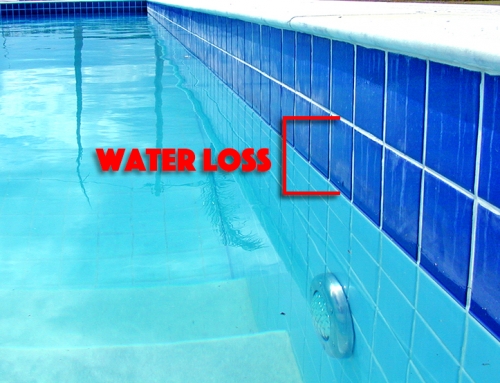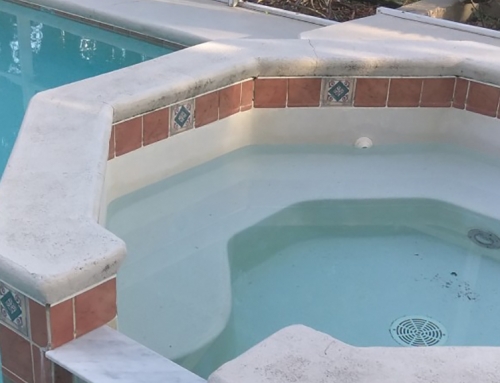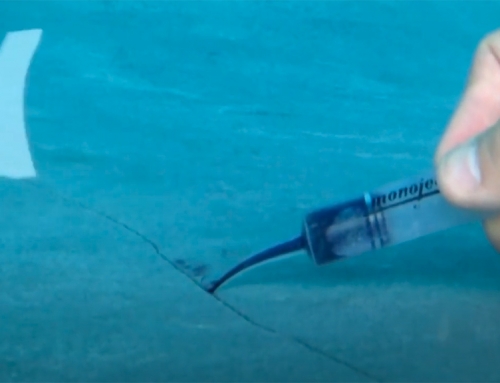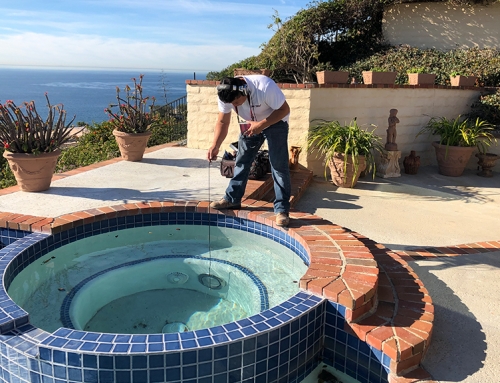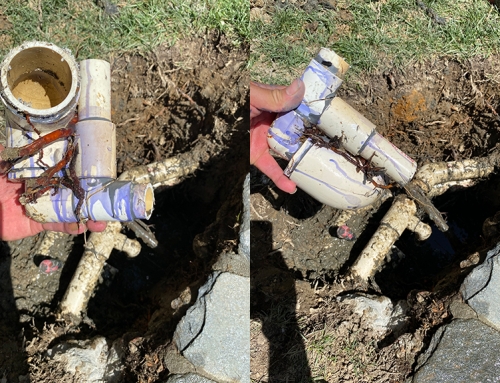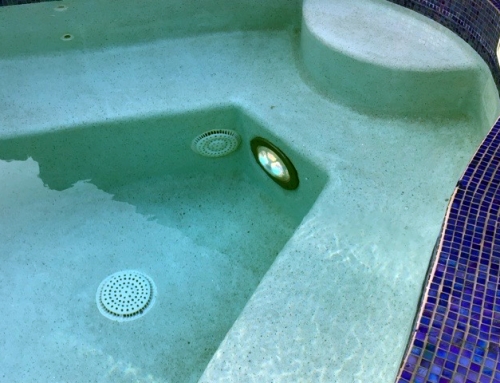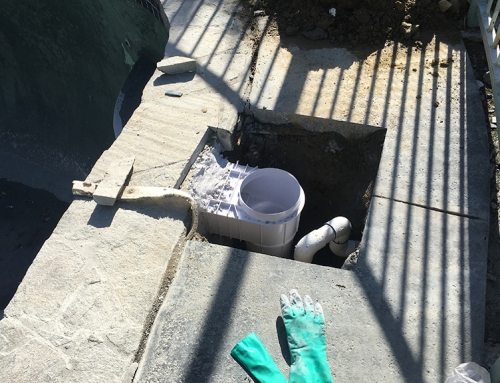When choosing options to make pool repairs, one tempting choice is to replaster the pool. It looks great, it make the surface smooth, but as a repair for a pool that leaks, it doesn’t get the job done. When leaks occur because of structural cracking, even if the cracking appears to be minimal, just covering the surface with a new coat doesn’t stop the leaking. It may temporarily stop the flow of water through the shell, but replastering is not leak repair.
A structural crack is a clear indication that the pool’s shell is suffering from pressure, typically behind the shell, and due to a number of potential reasons, the shell itself is on a path to removal if not handled correctly. Cracks form, and when they do, they want to spread. The weight of the pool, seismic activity, high water tables, hydrostatic pressure – whatever the thing that’s causing the crack, it will still exist after simply replastering the pool – you need to make proper repairs on the cracks. You need to install Torque Lock Structural Staples.
It begins with a proper leak detection. Not only will you learn if the cracks you see are leaking, but your leak detection technician will evaluate every aspect of the pool shell, the plumbing and even run the equipment to see that it functions properly. It’s best to know, 100 percent, what is and what isn’t leaking so when you do replanted your pool, it’s a sound pool with no other issues that could cause you to have to tear up that new plaster to fix them.
The leak detection will tell you how and where cracks are leaking and what needs repair. Understand that when the pool is drained to make those repairs, a final check will be made to firmly establish where cracks begin, and where they end so they can be stopped from lengthening. Once the final linear feet of crack has been verified, repairs can start.
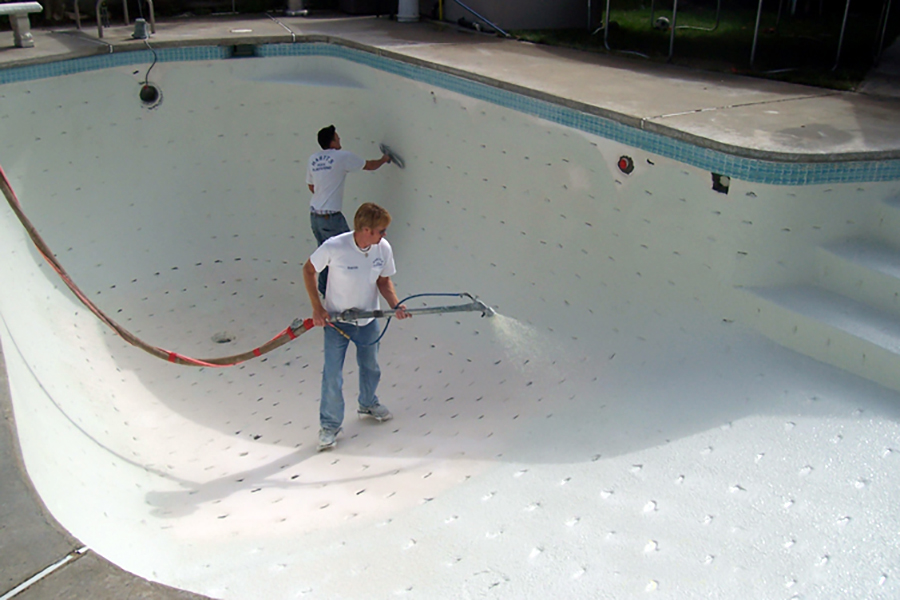
If the entire pool is being chipped out for a replaster, that is the right time to address the cracks. They will be marked, staples will be installed and cracks will be filled and penetrated with a hydraulic cement that guarantees the cracks won’t be an issue down the road. The controlled compression put on the crack from the Torque Lock Staples will ensure that no movement takes place, the crack is stabilized and it won’t spread, widen or lengthen when the pool is finished over.
If, however, you aren’t replastering or chipping down the pool surface, we will cut a wide channel of plaster away around the crack, install the staples and repair the source after installation to match the surrounding surface to the best it can be repaired. it may show a cosmetic change, but it will be closely matched, and in some instances, it bleaches out to the same color as the surrounding shell. The best part is, it will still be stabilized and the crack will be water tight.
Structural cracks run deep beneath the surface of the pool and by applying epoxy or replastering, you aren’t addressing the real issues and the cracks will reappear, delivering more harsh damage then before the replastering, and you’ll still have to replanted again. Don’t waste your money and efforts doing things twice. before you replanted those cracks, call CalTech Pools and have a leak detection performed on them. Install Torque Lock Structural Staples and save that pool for a lifetime of enjoyment.
Schedule a consultation today by calling CalTech Pools at 818-436-2953.

